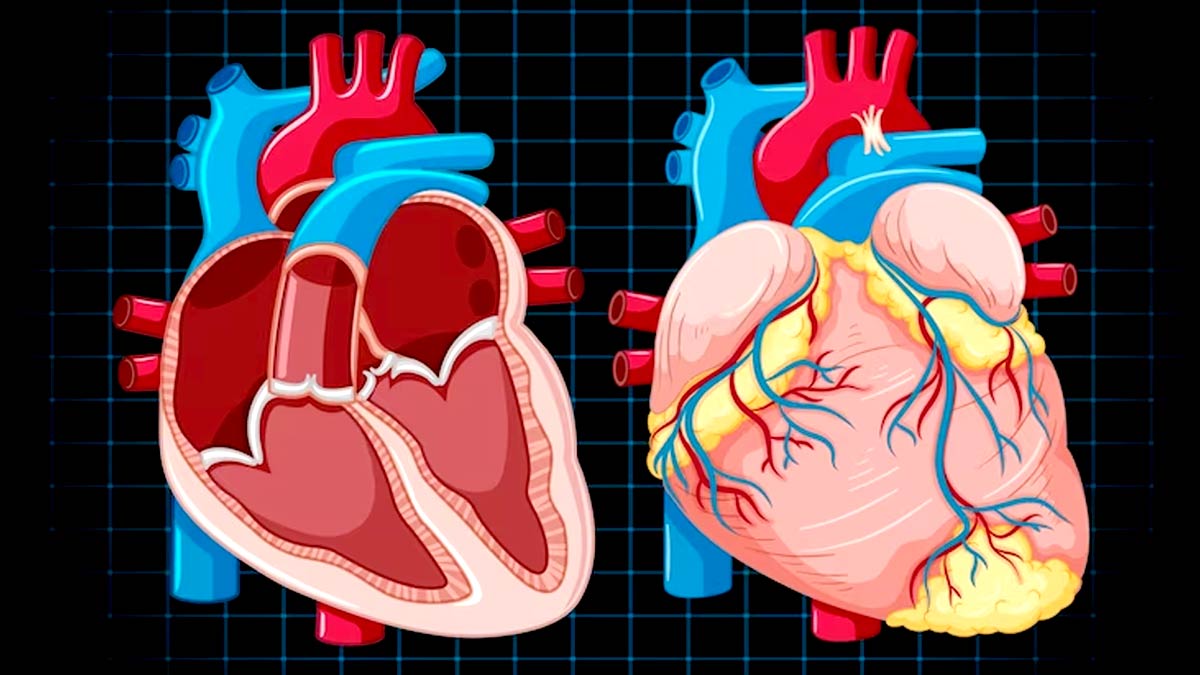
Consider a complicated machine with hundreds of intricate pieces, each of which performs a specific function that permits the machine to run smoothly. Now, imagine this machine to be the human body, and valves are one of the most important components responsible for keeping us alive. These small but powerful structures act as our body's gatekeepers, regulating the passage of blood and other biological fluids across our many systems. Without valves, our systems would be unable to adequately deliver vital nutrients and oxygen to our organs, as well as remove waste and pollutants.
Table of Content:-
A human heart has four valves in it. The Tricuspid valve is present between the right atrium and right ventricle. Tricuspid valve disease is a condition that affects the Tricuspid valve. When the Tricuspid valve doesn’t function properly, it leads to a range of symptoms and complications, causing Tricuspid Valve Disease. To know more about tricuspid valve disease, OnlyMyHealth reached Dr. Nikhila Pachani, MD DM Cardiology, HCG Hospitals, Rajkot.
Symptoms Of Tricuspid Valve Disease
Tricuspid valve disease exhibits itself in a variety of ways. People with moderate instances may show no symptoms at all. Those with mild to severe tricuspid valve disease may have symptoms such as:
- Shortness of breath
- Fatigue
- Swelling in the abdomen, ankles, or feet
- Irregular heartbeat
- Heart palpitations
- Reduced ability to exercise
- Enlarged liver
- Ascites (build-up of fluid in the abdomen)
- Cyanosis (bluish tint to the skin, lips, or fingernails)
- Reduced urine output
Diagnosis of Tricuspid Valve Disease
Tricuspid Valve Disease can be diagnosed through a wide range of tests and procedures. Some of them includes:
Physical Examination
For diagnosing the disease via physical examination the doctor listens to the heart with the help of a stethoscope and looks for signs such as an irregular heartbeat or abnormal heart sounds.
Also read: Hydration: Tips To Replenish Fluids In Your Body Apart From Drinking Water
Electrocardiogram
Also known as ECG, it is a non – invasive test that measures the electrical activity of the heart. This test can help diagnose atrial fibrillation which is caused because of irregular heart rhythms. This can be an alarming sign of tricuspid valve disease.

Cardiac Catheterisation
This process is used to study the various functions of the heart. This test is done by inserting a flexible and thin tube into a blood vessel and threading it up to the artery or vein in the heart.
Echocardiogram
This process uses sound waves to create images of the human heart and helps to diagnose problems like Tricuspid Valve Disease.
Treatment of Tricuspid Valve Disease
With the increasing technology and medication facilities, the treatment for the Tricuspid Valve Disease has been made a bit easier. However, the treatment depends on the severity of the conditions and the symptoms causing this disease. Some of the treatment options include:
Medications
Medications to regulate the heart rate and rhythm and diuretics to reduce the fluid build-up in the body can be used to curb this disease.
Also read: Is Liver Damage Reversible? Expert Weighs In
Transcatheter tricuspid Valve Repair
According to Dr Pachani, this procedure involves inserting a catheter through a blood vessel and repairing the tricuspid valve. This is a minimally invasive procedure and is specially recommended for patients who are not ready for a surgery.
Surgery
One way to treat the Tricuspid Valve Disease is to replace or repair the tricuspid valve completely. This is only recommended for patients with severe symptoms or complications.
Watchful Waiting
Regular monitoring and changing the lifestyle of the patients such as less salt intake, recommending the patient to exercise daily is also an option for people whose diseases are at the initial stage. This helps to reduce the progression of the symptoms.
However, prevention is better than cure. While it may not be possible to prevent the disease entirely. But steps like maintaining a healthy weight, including fruits and vegetables in your diet, excluding smoking and exercising regularly will help improve your heart rate and reduce the risk of Tricuspid Valve Disease. It is a condition that can cause a range of complications, but with proper diagnosis and treatment, it can be managed effectively.

Key takeaway is that doctors will recommend a variety of tests and procedures to diagnose the condition. The treatment procedures might include medications, surgery or minimally invasive procedures but considering today’s lifestyle, it is always recommended that individuals should take effective steps towards the initial stage of their lives to reduce the risk of developing the condition of Tricuspid Valve Disease.
Also watch this video
How we keep this article up to date:
We work with experts and keep a close eye on the latest in health and wellness. Whenever there is a new research or helpful information, we update our articles with accurate and useful advice.
Current Version